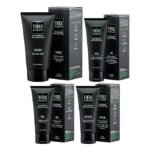



skincare routine order men The Nighttime Skin Regimen for Radiant, Rejuvenated Skin
The Ultimate skincare routine order men: A Step-by-Step Guide for Healthy Skin
Whether you’re a beginner or looking skincare routine order men to refine your regimen, this detailed guide breaks down the
perfect step-by-stepskincare routine order men.
Learn why the order of a skincare routine for men matters, which products to use (cleanser, toner, serum, moisturizer, sunscreen, etc.), and how to layer them for maximum effectiveness. We’ll also cover AM vs. PM routines, essential products for different skin types (oily, dry, sensitive, or acne-prone), and pro tips to avoid common mistakes. Achieve clearer, healthier skin with this easy-to-follow men’s skincare guide!
Would you like me to include specific product recommendations or focus on certain skin concerns?
• For brightening: Vitamin C serums can help even out skin tone.
Application:
1. Apply a few drops of serum to your fingertips.
2. Gently press the serum onto your face and neck until fully absorbed.
▎Step 5: Moisturizing
Purpose: Moisturizers hydrate the skin and create a protective barrier against environmental stressors.
How to Choose a Moisturizer:
• For Oily Skin: Lightweight gel formulas that won’t clog pores.
• For Dry Skin: Rich creams with occlusive ingredients like shea butter or ceramides.
• For Combination Skin: A balance between lightweight and hydrating properties.
Application: skincare routine order men
1. Take a small amount of moisturizer and warm it between your palms.
2. Apply it evenly across your face and neck using upward motions.
▎Step 6: Eye Cream Application skincare routine order men
Purpose: Eye creams target specific issues around the eyes, such as dark circles and puffiness.
How to Choose an Eye Cream:
• Look for ingredients like caffeine for puffiness or peptides for fine lines.
Application:
1. Use your ring finger (the gentlest finger) to apply a small amount of eye cream.
2. Dab it gently around the orbital bone without pulling on the skin.
▎Step 7: Sunscreen Application (Morning Routine)
Purpose: Sunscreen protects the skin from harmful UV rays that can cause sunburn, premature aging, and skin cancer.
How to Choose Sunscreen:
• Look for broad-spectrum protection with at least SPF 30.
• Choose a formula suitable for your skin type (gel for oily skin, cream for dry skin).
Application:
1. Apply sunscreen generously to all exposed areas of skin.
2. Reapply every two hours if outdoors or after swimming/sweating.
▎Step 8: Spot Treatment (As Needed)
Purpose: Spot treatments target specific blemishes or problem areas without affecting the surrounding skin.
How to Choose a Spot Treatment:
• Look for products containing benzoyl peroxide or salicylic acid for acne.
Application:skincare routine order men
1. Apply a small amount directly onto the blemish using a clean finger or applicator.
2. Allow it to dry before applying other products.
▎Building Your Skincare Routine
Now that you understand each step in detail, let’s discuss how to build an effective skincare routine based on your specific needs:
▎Identifying Your Skin Type
Before creating your routine, determine your skin type:
1. Oily Skin: Shiny appearance, enlarged pores, prone to acne.
2. Dry Skin: Flaky or rough texture, tightness after cleansing.
3. Combination Skin: Oily in some areas (usually the T-zone) and dry in others.
4. Sensitive Skin: Prone to redness, irritation, or allergic reactions
Sample Skincare Routines
Basic Routine (All Skin Types)
Morning: cleanser, toner (optional), moisturizer, sunscreen; evening: cleanser.
Exfoliator (2-3 times a week), toner (optional), serum, moisturizer,
Eye Cream (optional)
Advanced Routine (Targeting Specific Concerns)Morning:
1. Cleanser 2. Toner 3. Vitamin C Serum 4. Moisturizer 5. Sunscreen,
Evening: skincare routine order men
1. Cleanser 2. Exfoliator (2-3 times a week) 3. Toner. 4. Retinol Serum (or targeted serum) 5. Moisturizer 6. Eye Cream
Seasonal Adjustments:skincare routine order men
Your skincare routine may need adjustments based on seasonal changes:
• Summer: Lightweight products; focus on oil control and sunscreen.
• Winter: Richer moisturizers; add hydrating serums to combat dryness.
▎Additional Tips for Healthy Skin
1. Stay Hydrated: Drink plenty of water throughout the day to keep your skin hydrated from within.
2. Maintain a Healthy Diet: Incorporate fruits, vegetables, healthy fats, and lean proteins into your diet for optimal skin health.
3. Get Enough Sleep: Aim for 7-9 hours of quality sleep each night to allow your skin to repair itself.
4. Avoid Smoking and Excessive Alcohol Consumption: These habits can accelerate aging and damage your skin.
| Material |
Glass |
|---|---|
| Bottleneck |
Cork |
| Weight |
520g |
| Bottle Color |
Clear, Dark Green |
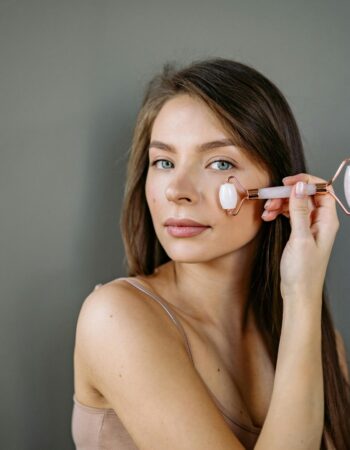
Moisturizing
• Hydration: Ensure that the eye area is well-moisturized. Some eye creams also provide hydration benefits, but you can also use a light moisturizer around the eyes if needed.
• Layering: If you use multiple products, allow each layer to absorb before applying the next one.
Sun Protection
• Sunscreen: Protect the delicate skin around your eyes from UV damage by applying a broad-spectrum sunscreen daily. You can also use sunglasses with UV protection when outdoors.
Related products
face cream or oil first Radiant Glow: Nourishing Face Cream Oil Duo
3. Night Routine Order
1️⃣ Double Cleanse: Start with Aveeno Oil Cleanser, then CeraVe Foaming Cleanser 2️⃣ Treat: Retinol or niacinamide serum 3️⃣ Moisturize: CeraVe PM Facial Moisturizing Lotion 4️⃣ Oil: Rosehip or jojoba oil patted on top
4. Pro Tips
-
Serums always go before moisturizer (thinnest to thickest)
-
Wait 1 minute between layers for better absorption
-
Patch test new oils on your jawline first
5. Best Products for Sensitive Skin
-
Cleanser: CeraVe Hydrating or Aveeno Calm+Restore
-
Moisturizer: CeraVe Daily Moisturizing Lotion
-
Oil: The Ordinary Squalane (light
-
Why This Works: ✔ Prevents clogged pores ✔ Locks in hydration all day ✔ Reduces irritation for sensitive skin
Common Mistakes: ❌ Applying oil before serum (blocks absorption) ❌ Using heavy oils if acne-prone (try squalane instead)
Final Answer: For most skin types: Serum → Moisturizer (CeraVe) → Oil (if needed). Dry skin? Flip oil and moisturizer!
This routine keeps your sensitive or dry skin balanced without breakouts.🌟
Bonus: Get CeraVe's Skin Quiz to personalize your regimen!
The Science Behind the Order: Why It Matters
Skin Barrier Function:
-
Moisturizers (like CeraVe) contain ceramides that repair the lipid barrier.
-
Oils form an occlusive layer—applying them last seals in hydration but can block active ingredients if used too early.
Key Rule: "Thinnest to thickest" consistency, but exceptions exist for dry vs. oily skin.
For Dry/Sensitive Skin
Goal: Maximize hydration without irritation. Order: Face Cream or Oil First
-
Cleanse: Aveeno Calm+Restore Oat Cleanser (pH-balanced)
-
Treat: Hyaluronic Acid Serum on damp skin
-
Oil: 2-3 drops of Squalane Oil (mimics skin’s natural oils)
-
Moisturizer: CeraVe Moisturizing Cream (ceramides + hyaluronic acid)
-
Occlusive (Night): Aquaphor on extra-dry patches
Why? Oil before cream helps penetration for parched skin.
2. For Oily/Acne-Prone Skin
Goal: Hydrate without clogging pores. Order:
-
salicylic acid for oily skin” appears in the title, headers, and throughout the content.
What Is Salicylic Acid?
Salicylic acid is a salicylic acid for skin (BHA) derived from willow bark. It’s oil-soluble, meaning it can penetrate deep into pores to dissolve excess sebum, dead skin cells, and impurities—making it a gold-standard treatment for acne, blackheads, and oily skin.
Key Benefits of it: Salicylic acid for skin
✅ Unclogs Pores & Prevents Breakouts
-
Exfoliates inside pores to remove trapped oil and bacteria.
-
Reduces blackheads and whiteheads.
✅ Reduces Acne & Inflammation
-
Has anti-inflammatory properties to calm redness and swelling.
-
Helps heal active pimples faster.
✅ Controls Excess Oil (Sebum)
-
Regulates oil production for a matte, shine-free complexion.
✅ Smooths Skin Texture
-
Gently exfoliates to fade rough patches and improve radiance.
✅ Minimizes Pores
-
Removes debris that stretches pores, making them appear smaller.
-
Helps Fade Acne Scars & Dark Spots
-
Promotes cell turnover to reduce post-acne marks over time.
Who Should Use It?
✔ Oily or acne-prone skin ✔ Blackhead- and whitehead-prone skin ✔ Those with clogged pores or rough texture ✔ People dealing with mild to moderate acne
⚠Avoid if:
-
You have extremely dry or sensitive skin (can cause irritation).
-
You’re allergic to aspirin (salicylic acid is a derivative).
- ▎Understanding it for Skin: Benefits and Usage Salicylic acid is a beta hydroxy acid (BHA) that is widely recognized in the skincare industry for its powerful exfoliating properties. Derived from willow bark, it has been used for centuries in various forms of medicine and skincare. Salicylic acid is particularly effective for treating acne-prone skin, but its benefits extend beyond that. In this article, we will explore what salicylic acid is, its benefits, and the skin types that can benefit from its use.
▎What is salicylic acid for skin ?
Salicylic acid is a colorless, bitter-tasting organic compound that belongs to the family of phenolic acids. It is oil-soluble, which allows it to penetrate deep into the pores of the skin. This characteristic makes it particularly effective at addressing issues that occur below the surface, such as clogged pores and excess oil production.▎Benefits of Salicylic acid for skin
1. Exfoliation: Salicylic acid helps to gently exfoliate the skin by dissolving dead skin cells and preventing them from clogging pores. This can lead to a smoother texture and a more radiant complexion. 2. Acne Treatment: As one of the most popular ingredients in acne treatments, salicylic acid effectively reduces acne by exfoliating the inside of the pores, reducing inflammation, and preventing future breakouts. It also has antibacterial properties that help combat acne-causing bacteria. 3. Oil Control: For individuals with oily skin, salicylic acid can help regulate sebum production. By keeping excess oil in check, it can reduce shine and contribute to a more balanced complexion. 4. Reduces Blackheads and Whiteheads: Its ability to penetrate and clear out pores makes it particularly effective at reducing blackheads and whiteheads, which are often caused by clogged pores. 5. Soothing Properties: Salicylic acid has anti-inflammatory properties that can help calm irritated skin and reduce redness associated with acne and other skin conditions. 6. Improves Skin Texture: Regular use of salicylic acid can lead to improved skin texture by promoting cell turnover and reducing the appearance of rough patches or uneven skin tone. 7. Helps with Psoriasis and Other Skin Salicylic acid for skin is often used to treat psoriasis and other conditions characterized by dry, flaky skin. It helps to soften and remove scales, promoting healthier skin.
-
skincare routine with vitamin c Includes key phrases like “vitamin C skincare routine” and “glowing skin.
2 Night Skincare Routine for Repair
-
Double Cleanse—Oil-based cleanser followed by a water-based one.
-
Exfoliation (2-3x a week)—AHAs/BHAs to remove dead skin cells.
-
Hydrating Toner/Essence—Prepares skin for treatments.
-
Treatment (Retinol/Hyaluronic Acid) – Avoid mixing retinol with vitamin C at night if sensitive.
-
Night Cream—Restores moisture barrier while you sleep.
Chapter 3: How to Layer Vitamin C with Other Actives
3.1 Can You Mix Vitamin C with…?
✔Hyaluronic Acid: Yes—boosts hydration. ✔Niacinamide: Yes—brightens and strengthens the skin barrier. ✔Retinol: Caution—Best used on alternate nights to avoid irritation. ✔AHA/BHA: Yes, but wait 30 minutes—prevents pH interference.
.2 The Best Vitamin C Serums for Your Skin Type
-
Oily/Acne-Prone Skin: Paula’s Choice C15 Super Booster (Lightweight, non-comedogenic)
-
Dry Skin: Drunk Elephant C-Firma (Contains hydrating oils)
-
Sensitive Skin: Mad Hippie Vitamin C Serum (Gentle, stabilized formula)
-
Anti-Aging: SkinCeuticals C E Ferulic (Gold standard for wrinkles)
Chapter 4: Common Vitamin C Skincare Mistakes
4.1 Using Too Much Product
-
3-5 drops is enough for the entire face. for more information click here
4.2 Applying on Dry Skin
-
Vitamin C absorbs better on slightly damp skin.
4.3 Storing It Incorrectly
-
Keep it in a cool, dark place (not the bathroom).
-
4. Mixing with Incompatible Ingredients
-
Avoid direct mixing with benzoyl peroxide (cancels out benefits).
Chapter 5: Dermatologist-Approved Skincare Routine Tips
5.1 Weekly & Monthly Treatments:Skincare routine with vitamin C
✔ Weekly: Vitamin C sheet masks for an extra glow. ✔ Monthly: Professional chemical peels to enhance results.
5.2 Lifestyle Tips for Better Results
✔Eat vitamin C-rich foods—citrus, bell peppers, and broccoli. ✔Stay Hydrated—Helps maintain plump, youthful skin. ✔Get Enough Sleep—Skin repairs itself overnight.
-
-
Conclusion: Unlock Radiant Skin with Vitamin C
A well-structured skincare routine with vitamin C can transform your complexion, brightening dullness, fading dark spots, and protecting against aging. The key is consistency, correct layering, and sun protection.
Ready to glow? Start with a simple routine, gradually introduce actives, and watch your skin thrive!
FAQ Section: Skincare Routine with Vitamin C
Q: Can I use a skincare routine with vitamin C every day? A: Yes! Daily use (morning) is ideal for best results.
Q: Should I apply vitamin C before or after moisturizer? A: Before—serums should be applied to clean, toned skin.
Q: How long does it take to see results? for more information click here A: 4-8 weeks for noticeable brightening and texture improvement.


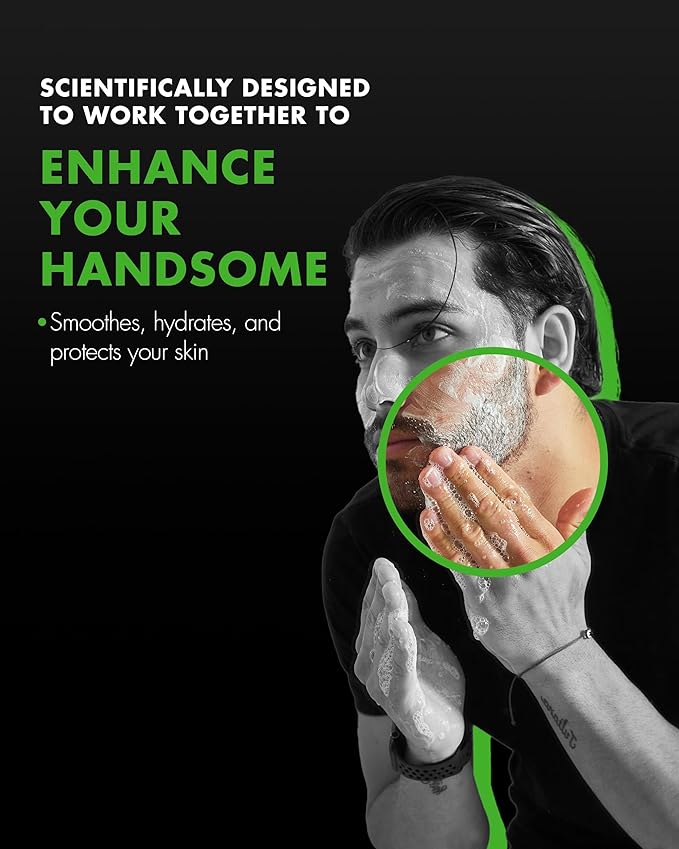

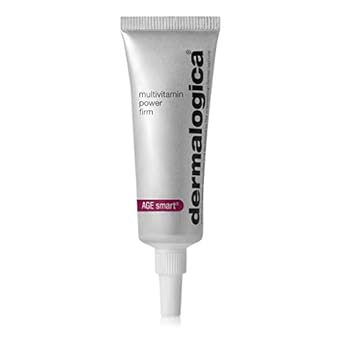
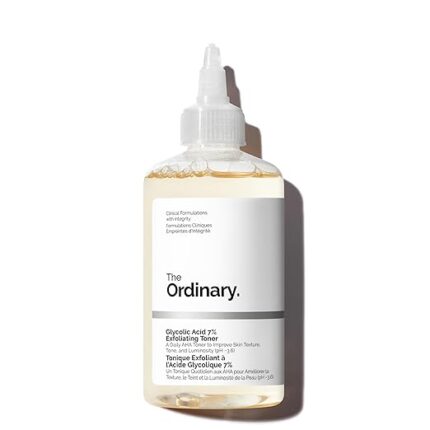
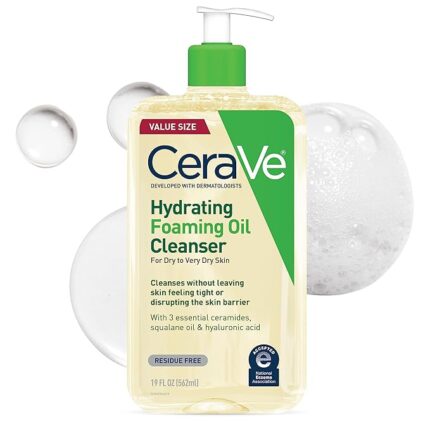
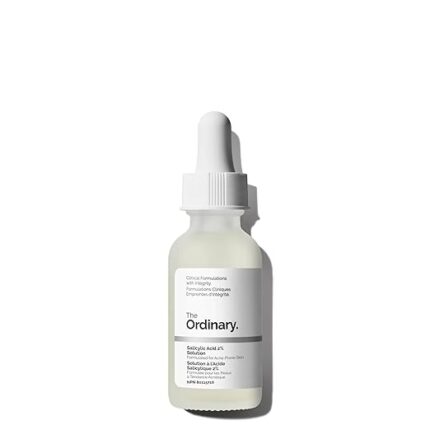
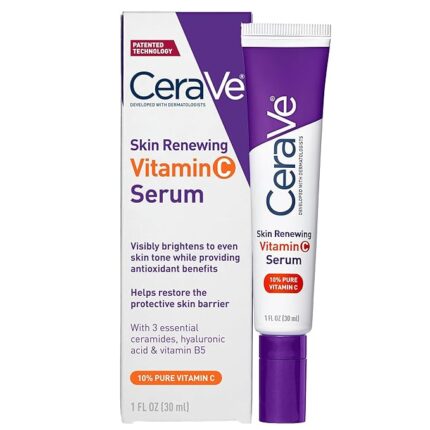
Mr. Mackay –
Using dummy content or fake information in the Web design process can result in products with unrealistic assumptions and potentially serious design flaws. A seemingly elegant design can quickly begin to bloat with unexpected content or break under the weight of actual activity.